How to succeed in gluten-free baking
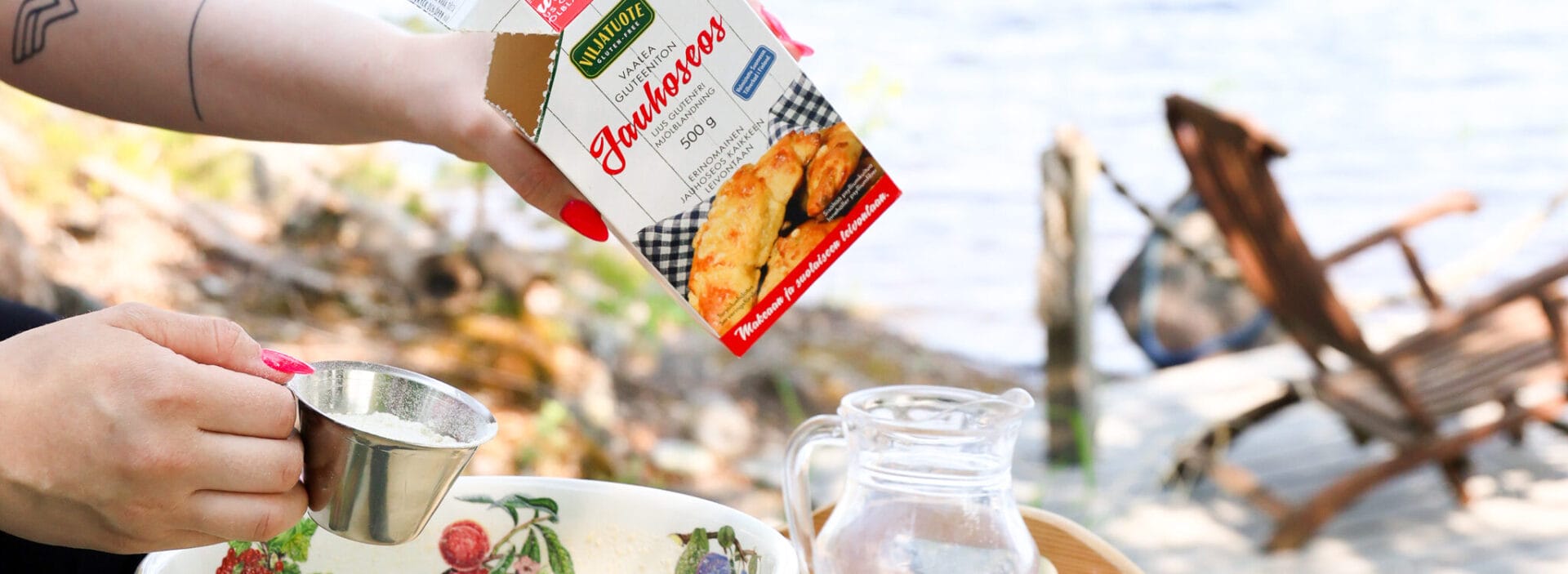
Gluten-containing flours have properties that require knowledge - and in some cases expertise gained through experience - to replace in gluten-free baking. This article looks at the role of gluten in baking and in particular how to successfully substitute for the absence of gluten in gluten-free baking.
Background: the properties of gluten
Gluten is an elastic protein, which gives the dough the desired firmness and elasticity when kneaded. It binds moisture and carbon dioxide and contributes to the rising of the pastry, giving it a fluffy texture. Gluten also contributes to the shape of the pastry during baking and after cooling.
Background: the effects of gluten absence
Typical challenges in gluten-free baking include:
Weak bond: Dough made without gluten can be crumbly and sticky, making it difficult to handle and shape.
Drying: gluten-free baked goods may dry out excessively in the oven because moisture is not absorbed in the dough in the same way as with gluten-containing flour. The ratio of flour to liquid is different in gluten-free baking and we recommend following the amounts in the gluten-free recipe. If you replace the regular flour 1:1 with gluten-free flour, the end result will usually be too dry.
Crumbly texture: without a gluten-supported structure, baked goods can become crumbly and brittle.
The challenges of gluten-free baking and cooking
For beginner bakers:
Starting gluten-free baking and cooking can feel challenging at first. In this chapter, we discuss the most common challenges that beginners may face.
Understanding different flours and ingredients: in gluten-free baking, gluten-containing flours such as wheat and rye flour are replaced by using flours made from naturally gluten-free ingredients, ready-made flour mixtures and baking aids with different properties. The differences between the products are large and therefore the final result can vary greatly due to the ingredients used.
Dough handling difficulties: gluten-free dough behaves and feels differently in the hands or bowl than dough made from gluten-containing flour. Often gluten-free dough is deliberately left looser to prevent the end result from becoming dry, which naturally makes it more difficult to handle.
Raising challenges: the protein network formed by gluten binds moisture and carbon dioxide, contributing to the rising of baked goods, so the absence of gluten in the dough affects its rising. In gluten-free baking, other ingredients such as psyllium are added to the dough to improve its structure and replace gluten. Raising the dough itself is based on the use of yeast, sourdough or baking powder in the same way as in traditional baking. Gluten-free doughs are usually raised only once.
Risk of drying out in the oven: dough made with gluten-free flour may dry out more easily in the oven, so it is important to use the recommended baking temperature and time in the recipe. Oven characteristics vary, so it is worth monitoring the baking progress and reducing or extending the baking time if necessary.
Different tastes and textures: when you use flour or flour blends made from different ingredients to make familiar gluten-containing baked goods, the end result is likely to be at least somewhat different in taste and texture. This does not mean that you have failed at baking. Whether a gluten-free baked product resembles its gluten-containing flour counterpart will vary greatly depending on the baked product and the ingredients used.
For experienced bakers:
Even experienced bakers can face challenges with gluten-free baking and cooking. In this chapter, we present some of the challenges that experienced bakers may face.
Learning new techniques and recipes: gluten-free baking often requires different techniques and recipes than traditional baking. It is important to be open to new ideas and learn more by experimenting, especially if you are transitioning to a gluten-free diet as an adult. Test techniques, ingredient ratios - and record the results of your experiments.
Replicating perfect flavours and textures: with the development of gluten-free flours and blends, it is increasingly possible to achieve the same flavours and textures as with gluten-containing flours. By using the right flour blends and recipes, you can find the solution to making the best gluten-free baked goods. If needed, you can also look for help in gluten-free baking resources.
Risk of gluten contamination: it is very important to be careful and avoid even a slight gluten contamination in your kitchen. This may mean using separate baking utensils, utensils and cutting boards in your home kitchen to prepare gluten-free and gluten-containing baked goods and foods.
Five tips for successful gluten-free baking
Gluten-free baking can open new doors to a delicious and diverse world, for the enthusiastic beginner as well as the more experienced home baker.
1. Quality ingredients are the basis for delicious creations
Just like in traditional baking, in gluten-free baking, quality flour and ingredients play an important role in the final result. Different gluten-free flours, flour blends and ingredients have different properties, so by experimenting and finding your favourites you can create delicious and successful baked goods. As a general guide, we recommend you follow the ingredients listed in the recipe - and ask our customer service team for advice if necessary.
2. Follow recipes, pay attention to reviews
In gluten-free baking, it is particularly important to follow the recipes exactly, as even small changes can affect the final result. For beginners, following the recipes will give you a good basic understanding of the principles of gluten-free baking. Even experienced bakers can find new ideas and inspiration by trying out different recipes and ingredients. Many of the recipes are accompanied by reviews and comments from home bakers who have tried the recipe, which are worth reading for more information.
3. Be brave and learn by baking
Over time, you'll want to start adapting the recipes to your taste. You'll also learn more about gluten-free baking as you gain experience. Perfect success may require a little more patience and effort than with traditional baking. By experimenting boldly with different flours, flour blends, ingredients and techniques, you will find your own tricks and unique recipes.
Binders such as psyllium, guar gum and xanthan gum help to replace the gluten binder, helping the dough to rise and hold its shape. Binding agents help to shape the structure of the dough, absorbing liquid and giving the dough its binder-like properties. Psyllium is a natural product made from ratamomone seed husks and is not classified as an additive like guar gum and xanthan gum.
Xanthan gum (E415) is a sugar-based polysaccharide produced by bacterial fermentation. It is an effective thickener and emulsifier that helps bind ingredients together and improves dough structure. Xanthan gum is usually used in very small amounts, typically around 0.5-1% by weight of the flour.
Guar gum (E412) is made from the seeds of the guar plant. It is a water-soluble fibre that acts as a thickener, emulsifier and stabiliser, helping to keep baked goods fluffy. Guar gum works well in cold foods and baked goods, but can lose some of its effectiveness at temperatures above 80°C. It is used in baking in small concentrations, around 0,5-1 % by weight of flour, often in combination with xanthan gum.
Psyllium is a fibre obtained from the seeds of the rhizome plant. It is an excellent moisture binder and helps form an elastic, cohesive structure in gluten-free baked goods. There are differences in the way psyllium is milled by different manufacturers and therefore in its properties - Cereal psyllium is milled to a particularly fine particle size. Psyllium is generally used in a proportion of 1-3% by weight of the flour and is particularly suitable for bread and rolls. Many cereal flour blends already contain the necessary amount of psyllium.
As you gain experience, you will learn how to use binders in your gluten-free baking in a more versatile way. It is important to note that the binders mentioned above cannot completely replace gluten, but bring slightly different properties to the dough.
4. Adding moisture to the dough
Adding moisture is an important part of gluten-free baking, as gluten-free dough does not retain moisture in the same way as dough containing gluten-containing flour. You can add moisture to the dough with milk, yoghurt or fruit puree, for example, in addition to water.
Start with small amounts and add more moisture as needed. Make sure that the dough does not become too moist, loose and sticky. It takes a few minutes for the dough to show its true consistency, as it takes a while for the flour mixture to swell. Many recipes allow the dough to rest before baking. If necessary, remember to monitor the baking process.
5. Find new flavours and recipes
Gluten-free baking opens the door to a delicious journey around the world, full of flavours. Instead of traditional flour, gluten-free baking uses a wide variety of plants that bring new properties and flavours:
Durra is a cereal crop originating in Africa, with a wheat-like flavour and a slightly crumbly texture. It is ideal for bread and biscuits, for example. The wheat taste makes it a versatile all-purpose flour mix.
Teff is a small grain cereal with a slightly nutty flavour. It is good in porridge and rice cake dough, for example. Teff is a good choice if you want more flavour in a dough made with light flour.
Buckwheat is a gluten-free grain buckwheat with excellent nutritional values. It is ideal for use in bread, noodles, blinis, pancake batter and porridge.
Millet is a gluten-free cereal with a slightly sweet and nutty taste. Millet is a good raw material for bread, porridge, muesli, etc.
Maize is a gluten-free cereal with a sweet and slightly buttery taste. It is good in sandwiches, tortillas, tacos and as a side dish at mealtimes.
Rice is a naturally gluten-free cereal with a neutral flavour that is widely used around the world and is ideal in baked goods, noodles, porridge and muesli. Dark wholemeal rice flour is a more nutritious alternative to regular rice flour.
Please note that although the above plants are naturally gluten-free, they may cause hypersensitivity symptoms in some people.
Summary
The properties of gluten-containing cereals play an important role in traditional baking and cooking, and the absence of gluten usually poses challenges in baking.
Over the years, gluten-free baking has developed strongly and innovations make the everyday life of the home baker easier: the flour mixes developed by Virtasalmi Cereal Products greatly improve the chances of success and our comprehensive recipe selection contains hundreds of tested, everyday and festive, sweet and savoury recipes, from which you can choose the right baking for every occasion.
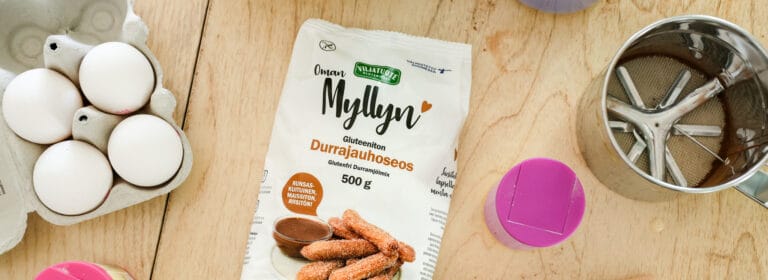
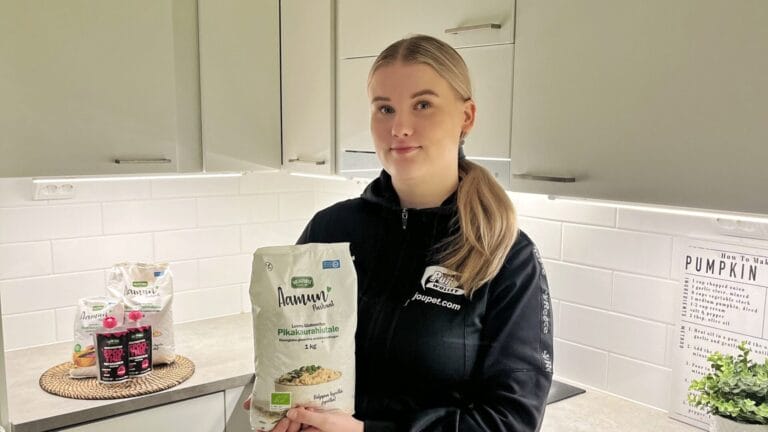
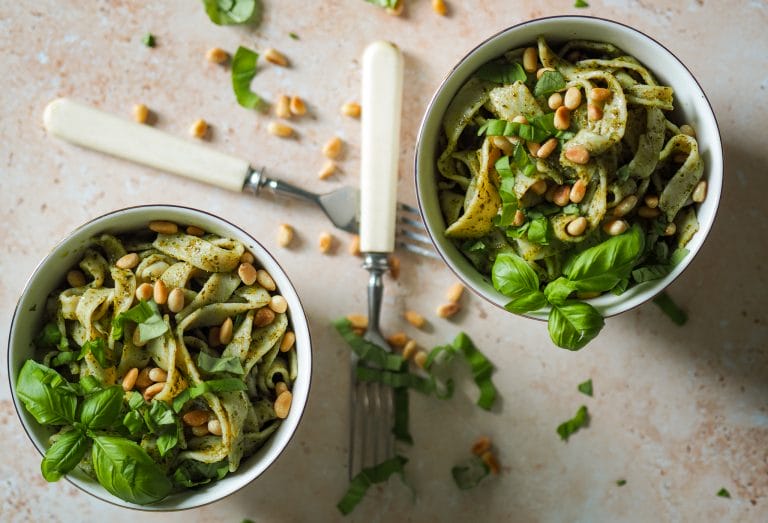
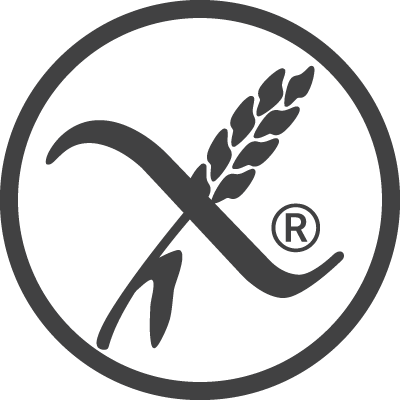
Hello.
I think it is a very bad thing in commercial breads e.g.fazer, sells 100% oats and then has wheat gluten added. I think it is sheer deception and misleading. Could something be done about that? For example, that those kinds of baked goods should no longer be sold as 100% oats. Your mill would be a good place to start. Although there will soon be a lot of gluten-free cereal users, when everyone's intestines are glued to the added gluten and rendered inoperable. Yours sincerely, Eeva-Liisa
Hi Eeva-Liisa,
I understand your frustration. Many consumers feel that the "100% oats" label is misleading if the bread has added wheat gluten. In practice, manufacturers may put "100% oats" on the packaging to indicate that all the cereal raw material is oats - but then add wheat-based gluten separately to improve the baking properties of the product. It is worth giving direct feedback to the bread manufacturer. With enough consumer feedback, the company may consider clarifying the labelling.